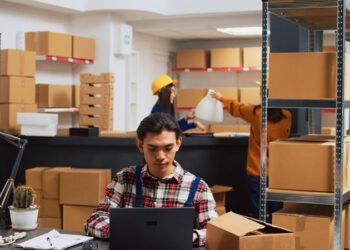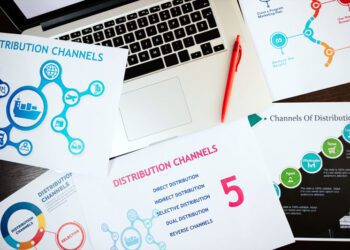In the realm of logistics, delivery has always been the critical final touchpoint between a business and its customers. Today, the landscape of delivery is undergoing a transformative shift, with last-mile innovations and same-day services setting new standards for customer experience. Meanwhile, rural delivery, with its unique challenges, is also finding its footing through creative and adaptive solutions.
Last-Mile Delivery Innovations Transforming Customer Experience
Last-mile delivery, the final step in the delivery process, is notorious for being the most costly and time-consuming part of the shipping journey. However, it’s also the most crucial in terms of customer satisfaction. Recognizing this, companies are pioneering last-mile delivery innovations to exceed customer expectations.
The integration of advanced technologies such as AI-driven route optimization, autonomous delivery robots, and drones is streamlining operations. Moreover, the adoption of electric vehicles and bikes in dense urban areas is not only eco-friendly but also navigates traffic more efficiently, ensuring quicker delivery times.
Beyond technology, businesses are experimenting with alternative delivery options, like secure locker pick-ups or the use of local retail partnerships, giving customers the flexibility to receive their packages where and when they prefer. These innovations are not merely about speed and convenience; they represent a new era of personalized customer service.
Same-Day Delivery: The New Norm in Customer Service
What once was a luxury service, same-day delivery has rapidly become the expected norm in many urban centers. This shift is primarily consumer-driven, with the e-commerce boom fueling the demand for instant gratification. Retail giants and e-commerce platforms have been the trailblazers, but now even smaller businesses are finding ways to offer same-day delivery to remain competitive.
The key to successful same-day delivery lies in the synchronization of sophisticated software systems that manage orders, inventory, and logistics seamlessly. This challenge is met with the help of local distribution centers, advanced forecasting for inventory management, and dynamic routing that adapts to real-time demands.
While same-day delivery is an exciting development, it’s also set a high bar for customer expectations. Companies need to maintain transparency and communication with customers, ensuring that any potential delays or issues are managed proactively to maintain trust and satisfaction.
The Challenges and Solutions in Rural Delivery Logistics
Rural delivery logistics present a different set of challenges: vast distances, lower population densities, and often, less developed infrastructure. These factors can lead to higher delivery costs and longer transit times, which can be at odds with the fast delivery expectations set by urban services.
Solving the rural delivery puzzle requires innovative approaches tailored to the unique characteristics of these areas. Solutions like hub-and-spoke distribution models, where goods are brought to a central location before being dispatched to surrounding areas, can increase efficiency. Collaborative delivery, where multiple businesses share delivery resources to service a broader area, can also be cost-effective.
Additionally, leveraging local knowledge through partnerships with regional carriers or postal services can enhance delivery performance. These partnerships, combined with technological aids such as GPS tracking for real-time updates and route optimization, can significantly improve the rural delivery experience.
Conclusion
The delivery sector is at the heart of a rapid evolution, driven by the twin engines of technological innovation and changing consumer expectations. From the bustling streets of megacities to the quiet roads of the countryside, delivery logistics are being reimagined to offer unprecedented levels of service and convenience. Businesses that adapt and innovate in their delivery strategies not only elevate the customer experience but also cement their place in the competitive race of e-commerce and retail.




















